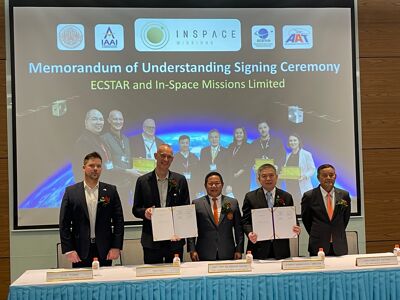A new approach to space
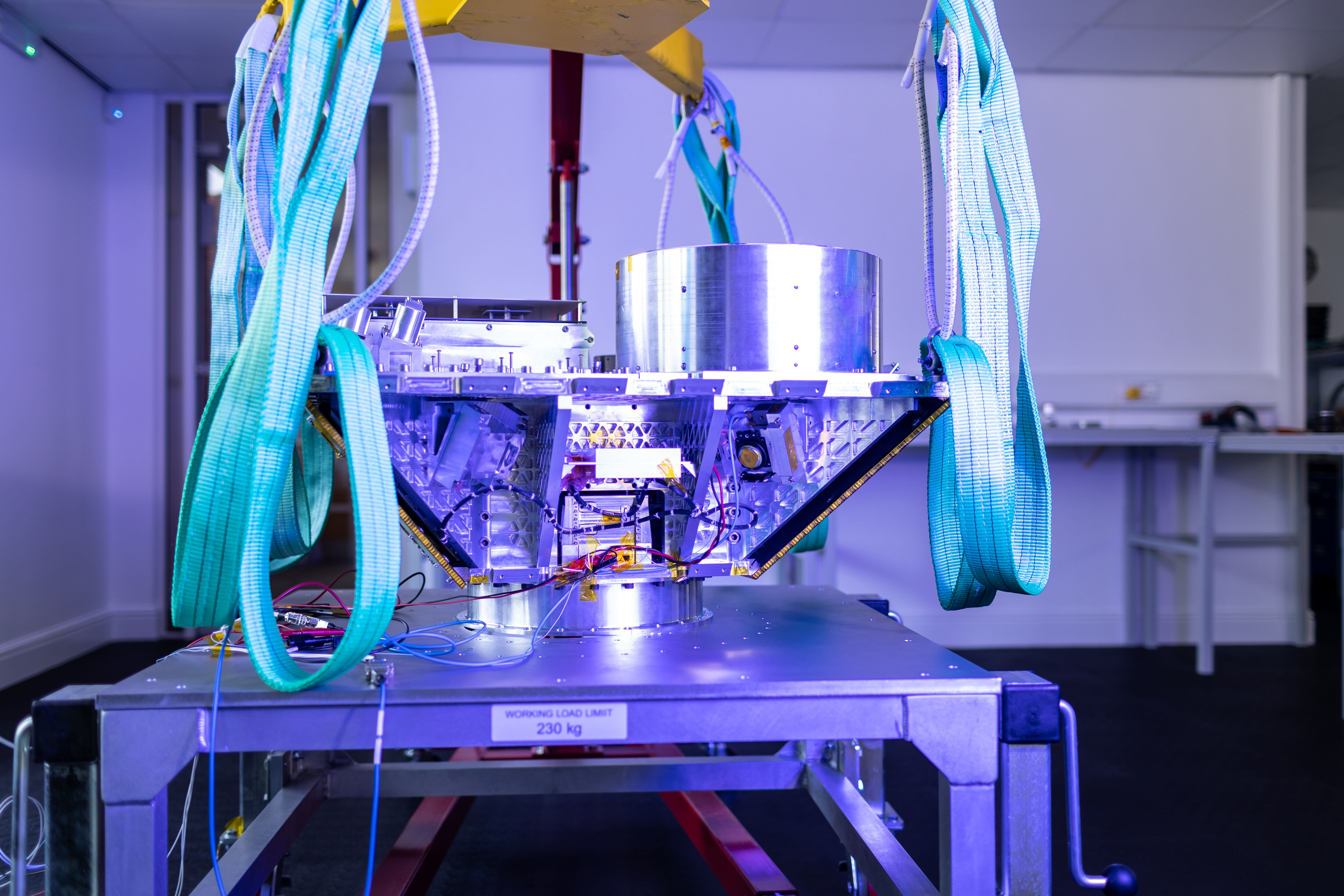.jpg?width=750)
Founded in 2015, In-Space Missions was acquired by BAE Systems in 2021 and together we design, manufacture, integrate and test the next generation of space missions and dual-use technologies from our sites and facilities in the UK.
Working with BAE Systems, we are a British Space prime delivering defence, security and civil Space capabilities and data services to UK and international customers.
.jpg?width=1500)
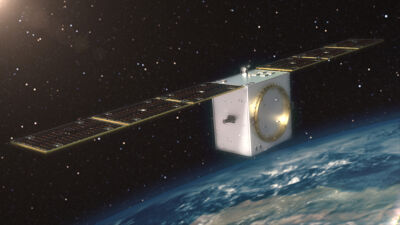
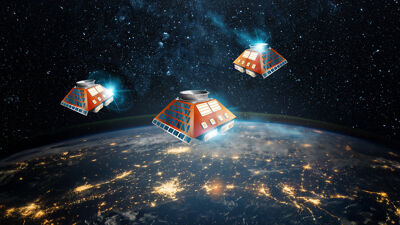
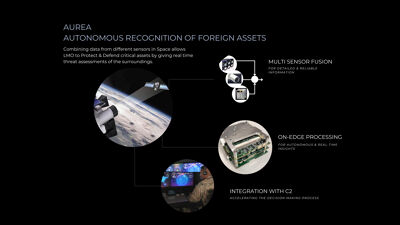
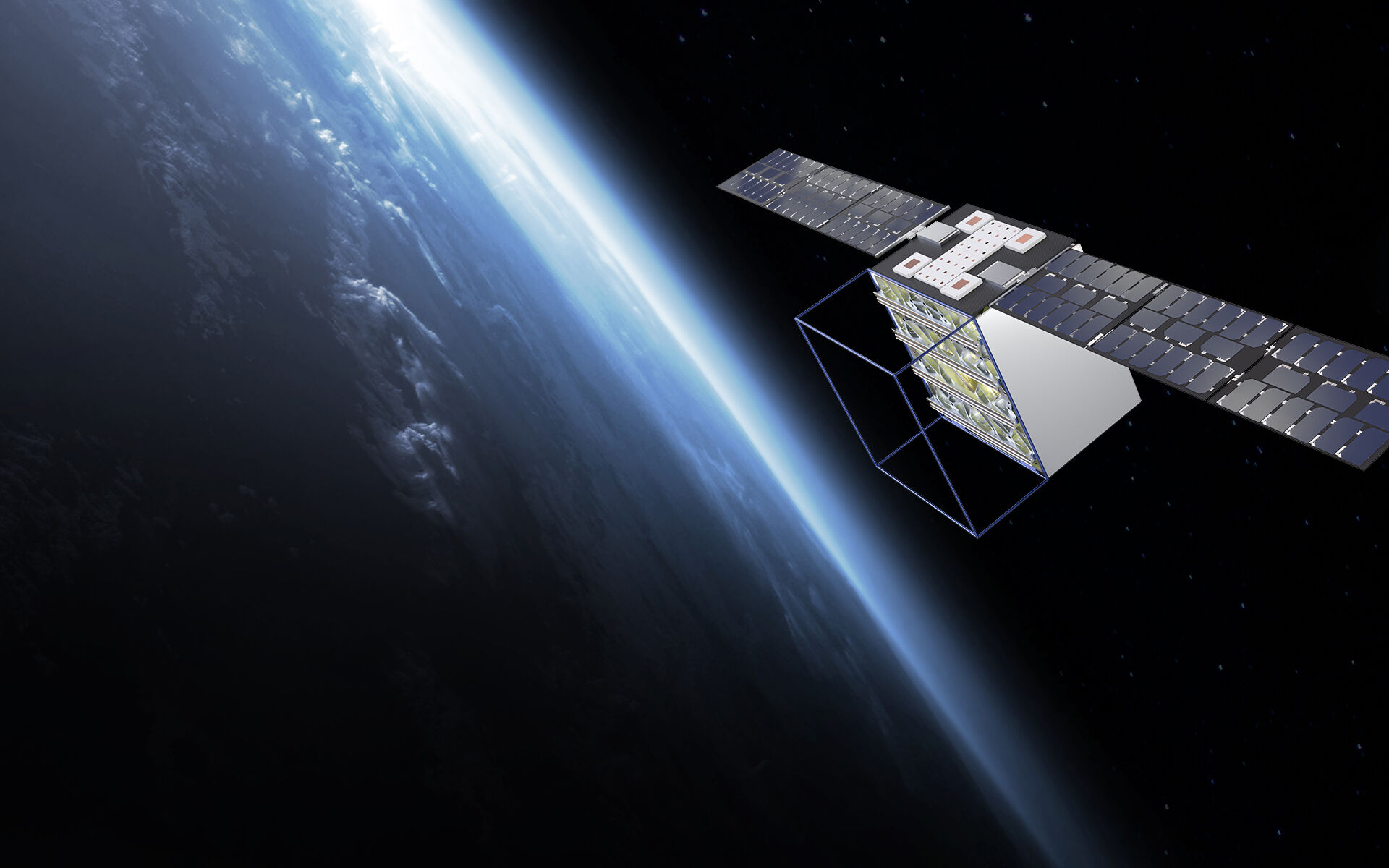.jpg?width=400)
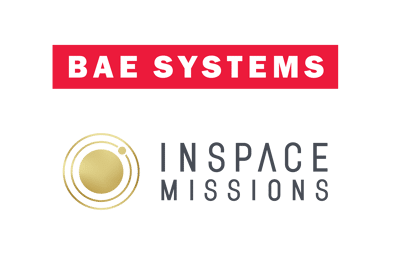
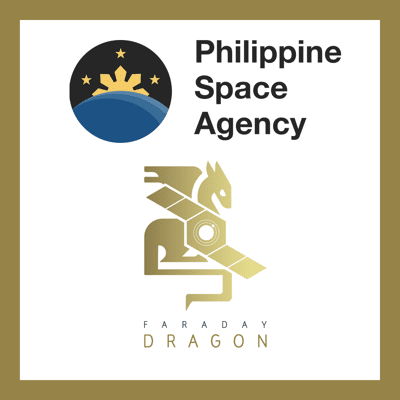
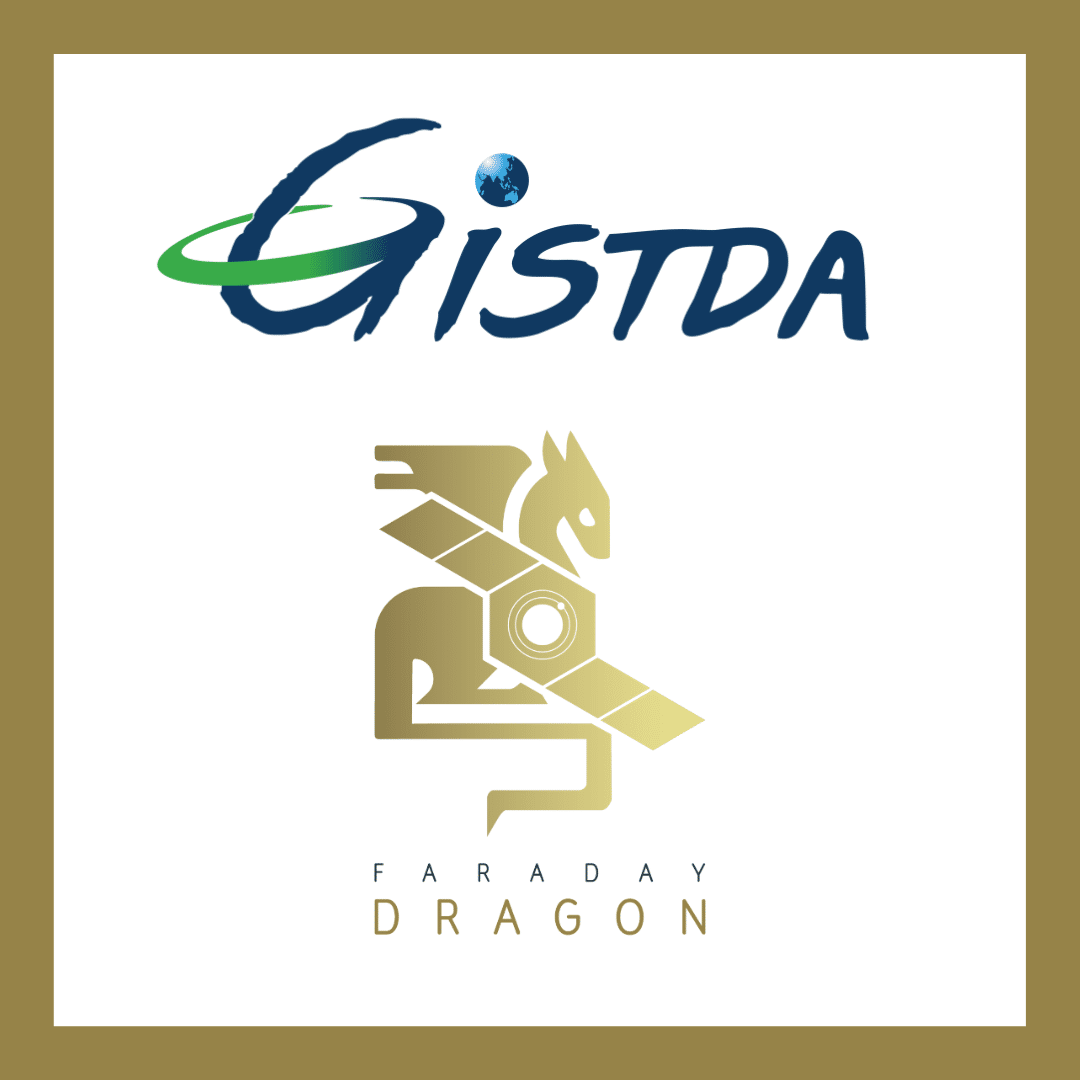.png?width=400)
